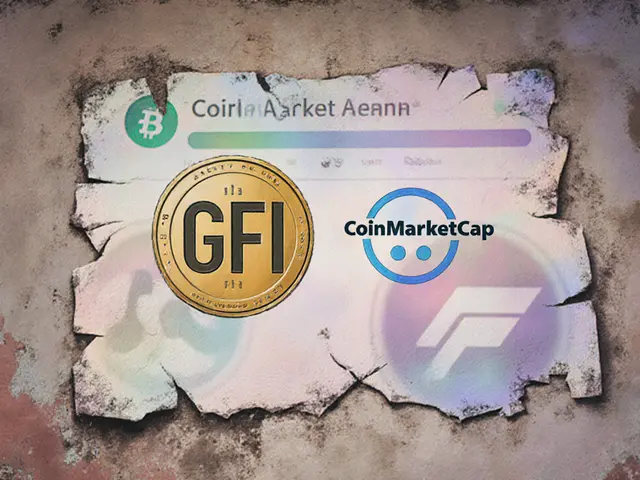DeFi: Decentralized Finance Explained and Latest Insights
When exploring DeFi, decentralized finance that moves traditional financial services onto blockchain networks, you quickly run into concepts like stablecoins, cryptocurrencies pegged to real‑world assets for price stability, airdrop, free token distributions used to bootstrap new projects and attract community participation, and tokenomics, the economic design behind a token’s supply, distribution, and incentive structure. These pieces fit together like a puzzle: DeFi encompasses stablecoins, relies on tokenomics for sustainability, and often launches airdrops to jump‑start liquidity. At the same time, regulators are watching every move, shaping how projects design their tokenomics and distribute airdrops. Understanding this web of relationships helps you see why DeFi has become a hot playground for innovators and why it matters for everyday investors.
Key Concepts Shaping the DeFi Landscape
Stablecoins act as the bridge between volatile crypto markets and everyday transactions, enabling users to earn yield without exposing themselves to wild price swings. Projects like USDC or DAI power lending platforms, provide collateral for loans, and underwrite synthetic assets, making them a foundational pillar of DeFi. Meanwhile, airdrops serve as a low‑cost growth hack: they reward early adopters, seed liquidity, and generate buzz, but they also introduce tax and compliance challenges that users must navigate. Tokenomics, on the other hand, dictates how a coin’s supply behaves over time—whether it’s inflationary, deflationary, or governed by a burning mechanism—and directly influences investor confidence and platform security. Adding another layer, blockchain validators, participants who secure proof‑of‑stake networks by staking tokens and processing transactions are the operating backbone of many DeFi protocols; their incentives are woven into tokenomics, and their performance determines network reliability. Together, these entities form a feedback loop: tokenomics attracts validators, validators secure the network, stablecoins provide safe on‑ramps, and airdrops fuel community growth.
Across the collection below you’ll find deep dives on each of these threads—how OSEAN tokenizes yachts, why Nigeria leads crypto adoption, the mechanics behind confirmation time, and step‑by‑step guides to become a validator in 2025. The articles also cover practical concerns like airdrop tax reporting, stablecoin use‑cases beyond trading, and the impact of regulatory moves in Iraq and the UAE. Whether you’re hunting the next high‑yield token, want to understand how cross‑chain messaging powers modular blockchains, or need a checklist for safe exchange selection, this roundup equips you with the context you need to make informed decisions. Dive in and explore the nuanced world of DeFi through real‑world examples, actionable tips, and expert analysis.

Discover the real differences between liquidity mining and yield farming, learn their risks, rewards, and how to start earning passive crypto income with clear step‑by‑step guides.
Jonathan Jennings Aug 4, 2025




